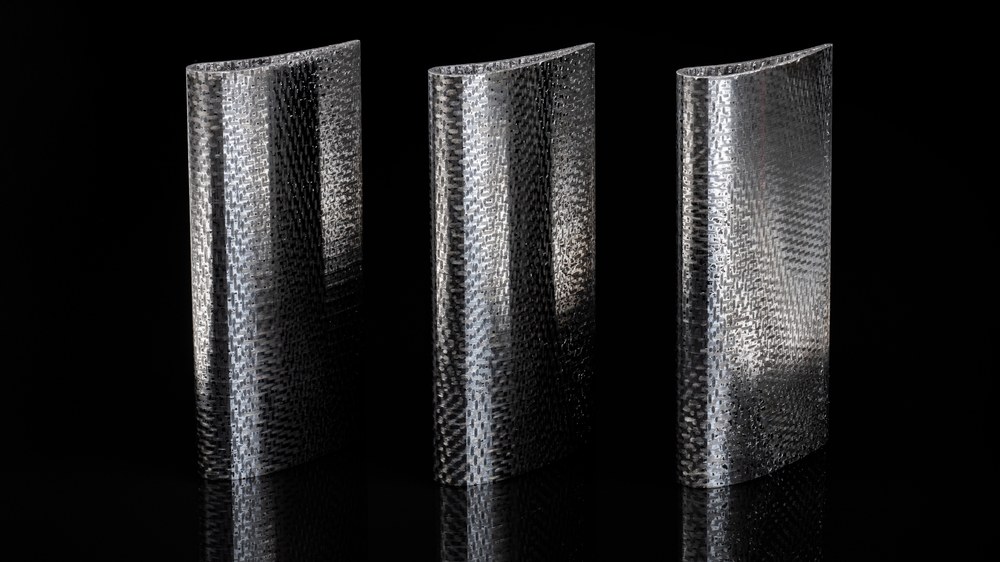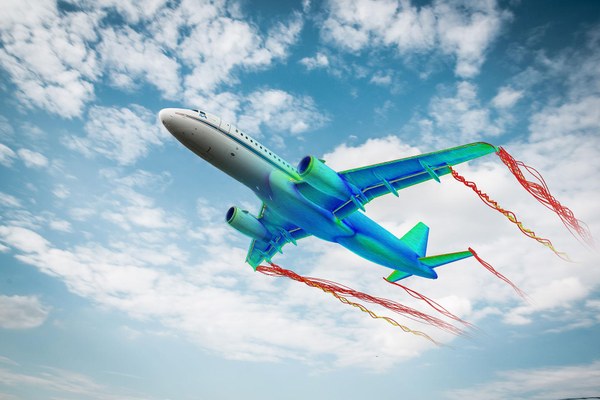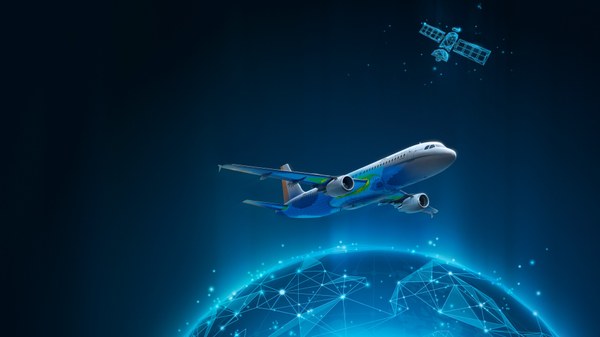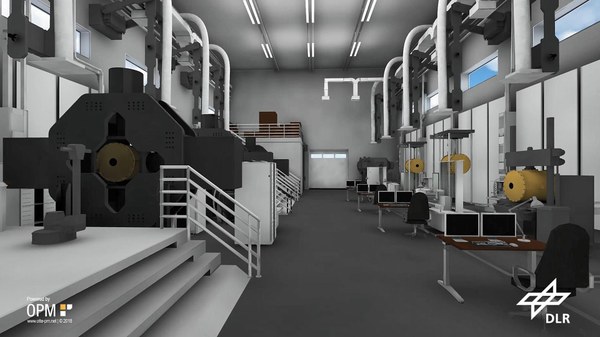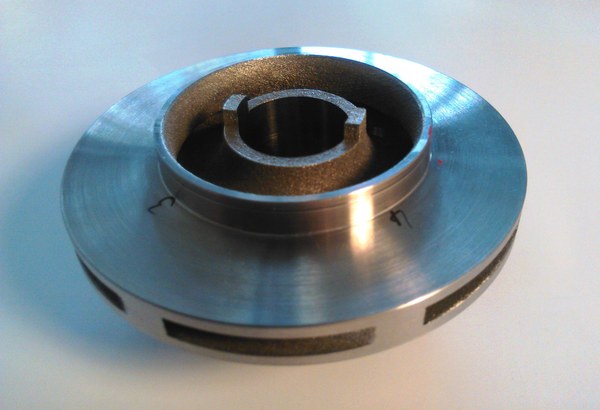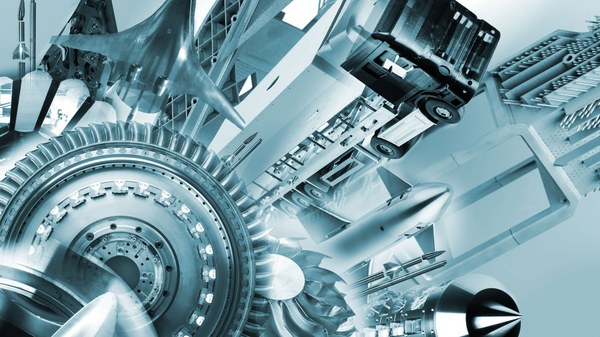The potential of new materials and manufacturing technologies to make engines even more efficient and produce even lower emissions has already been demonstrated by the German Aerospace Center (DLR) in the 3DCeraTurb project. The DLR CeraFlex project builds on this work. CeraFlex (Ceramic hot gas stator for hydrogen and fuel flexible propulsion systems) aims to increase the efficiency of gas turbines while minimising fuel consumption and emissions during operation. To this end, the DLR project team is focusing on new materials such as additively manufactured nickel-based alloys and SiC-based ceramic matrix composites (CMC). The benefits of hybrid stator blades will be demonstrated for lower-emission engines, taking into account the combustion chamber flow.
Engine efficiency is directly related to turbine inlet temperature and cooling air mass flow. Even small improvements can have a significant impact on efficiency and therefore fuel consumption. The use of a lighter and at the same time temperature resistant CMC material can save cooling air throughout the engine process and reduce the overall weight of the engine. To this end, the scientists will investigate the metal-ceramic joining technology for the hybrid stator blades, improve cooling efficiency by using innovative cooling geometries taking into account additive manufacturing, and simultaneously model and produce digital component twins. High-resolution large-eddy simulation (LES) and AI methods will be used to improve prediction accuracy. For the experimental investigation and verification of the hybrid ceramic and metallic additively manufactured blades, the TRL 5 NG turbocharger turbine test rig at the Institute of Propulsion Technology will be modified and the measurement technology used will be extended.
As part of the CeraFlex project, the project team will investigate the influence of hydrogen combustion and steam corrosion on the ceramic and additively manufactured blades in a durability test at temperatures up to 1315°C. In order to explore the future potential of the new hybrid design with regard to the use of hydrogen or other alternative fuels, the transition between ceramic and metal will also be investigated.
Runnung time
01/2025 - 12/2027
Funding
DLR-Projekt
Keywords
Digital Twin, Keramische Bauweisen, Rapid Prototyping, Triebwerk, Wasserstof

